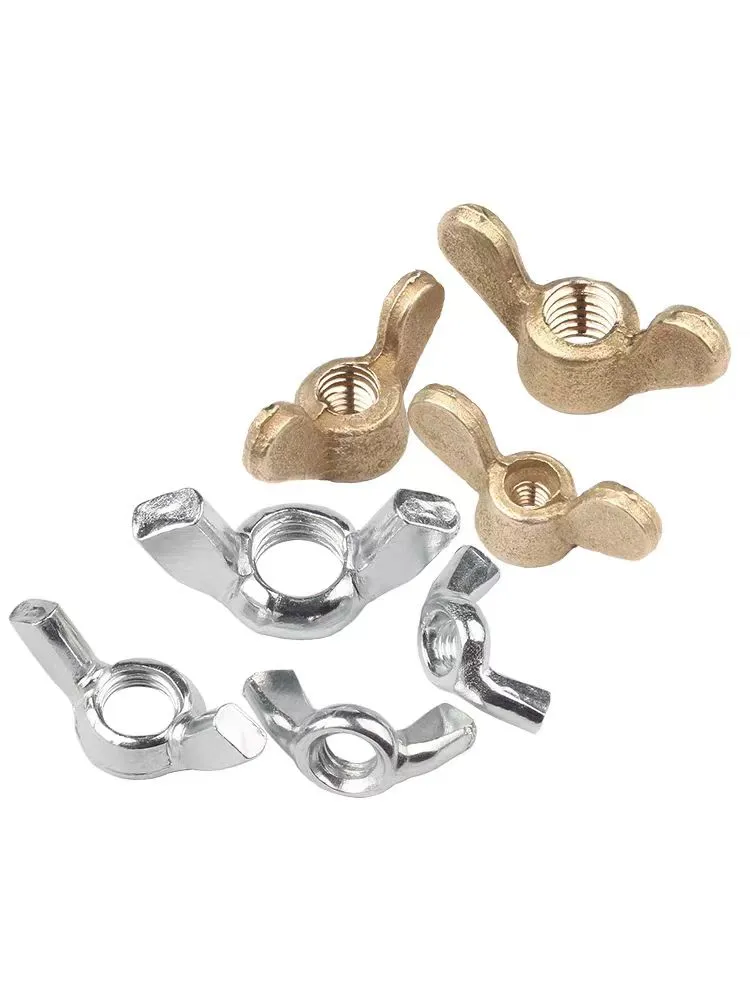

t bolt m20
Nov . 20, 2024 08:49 Back to list
t bolt m20
The Essential Guide to T-Bolt M20 An Overview for Engineers and DIY Enthusiasts
When it comes to fastening solutions in various engineering applications, the T-bolt M20 stands out due to its unique design and functionality. This article serves as a comprehensive guide to understanding T-bolt M20, its applications, advantages, and installation procedures.
What is a T-Bolt M20?
A T-bolt, also referred to as a T-slot bolt, is a type of fastener that is designed to fit into a T-slot groove, making it ideal for securing components in modular systems, especially in the fields of construction, manufacturing, and DIY projects. The M20 designates the metric size of the bolt, meaning it has a nominal diameter of 20 millimeters. This size is commonly used in a variety of applications due to its strength and stability.
Applications of T-Bolt M20
T-bolt M20s are widely used in several industries, including
1. Construction These bolts provide strong and reliable fastening options for various structural components, ensuring that buildings and other infrastructure are secure.
2. Manufacturing In manufacturing setups where modular design is a necessity, T-bolts streamline the assembly of machines and equipment.
3. Automotive T-bolts are used in vehicle assembly lines to secure parts effectively, benefitting from their strength and ease of use.
4. Furniture Design Modern furniture builds often utilize T-bolts to allow for the easy assembly and disassembly of components.
5. DIY Projects Enthusiasts find T-bolts particularly useful in creating custom builds and repair solutions, owing to their versatility.
Advantages of Using T-Bolt M20
1. Easy Installation T-bolts can be inserted into the T-slots of various materials, saving time and effort during the assembly process.
2. Strong Connection The design allows for a wide range of load capacities, making T-bolts ideal for heavy-duty applications.
t bolt m20

3. Adjustability T-bolts enable adjustments even after installation, allowing for flexibility in design and structure.
4. Corrosion Resistance Many T-bolts are manufactured using materials that resist rust and corrosion, enhancing durability.
5. Cost-Effective As a reliable fastening solution, T-bolts often come at a lower cost compared to other fastening alternatives, making them popular among engineers and DIY enthusiasts alike.
Installation Guidelines
Installing a T-bolt M20 can be straightforward, but attention to detail is crucial to ensure a secure fastening. Here are some steps to follow
1. Select the Right Material Ensure that the T-bolt is compatible with the material in which you are installing it, taking into account loading conditions and environmental factors.
2. Prepare the Slot Clean and inspect the T-slot to ensure there is no debris or damage that could interfere with the bolt’s installation.
3. Insert the T-Bolt Align the T-bolt with the T-slot and slide it in. Make sure the bolt is seated properly.
4. Add a Washer and Nut Place a washer over the bolt and screw on the corresponding nut. This will distribute the load and prevent damage to the material.
5. Tighten Securely Using a wrench, tighten the nut sufficiently to ensure a solid connection, but avoid over-tightening which can lead to stripping.
6. Inspect the Installation After installation, double-check that everything is secure before putting the assembly into operation.
Conclusion
The T-bolt M20 is an invaluable tool in the arsenal of any engineer or DIY enthusiast. Its versatility, strength, and ease of use make it suitable for a wide range of applications. By understanding its characteristics and proper installation, users can successfully leverage T-bolts to enhance their projects, whether in industrial settings or home workshops. Embracing this fastener not only ensures sturdiness but also contributes to efficiency and creative innovation in design.
Latest news
-
High-Strength Hot Dip Galvanized Bolts - Hebei Longze | Corrosion Resistance, Customization
NewsJul.30,2025
-
Hot Dip Galvanized Bolts-Hebei Longze|Corrosion Resistance&High Strength
NewsJul.30,2025
-
High-Strength Hot-Dip Galvanized Bolts-Hebei Longze|Corrosion Resistance&High Strength
NewsJul.30,2025
-
Hot Dip Galvanized Bolts-Hebei Longze|Corrosion Resistance&High Strength
NewsJul.30,2025
-
Hot Dip Galvanized Bolts - Hebei Longze | Corrosion Resistance, High Strength
NewsJul.30,2025
-
High-Strength Hot Dip Galvanized Bolts-Hebei Longze|Corrosion Resistance, Grade 8.8
NewsJul.30,2025

